In 1869, the British steam Parthenon He went to Dénia to carry the precious raisin that was produced in the area and that generated so much wealth for years in the municipality. It never reached port. Almost a century and a half later, in 2008, the diver Jean Castera dived in the vicinity of the breakwater and came across "treasures" of English provenance and clearly from another century. A decade later, the same diver made the great discovery of what that place really hid.
The coast of Dénia has witnessed the passage of generations of ships of all kinds over the years. Being a reference port for so many centuries, its depths have multitude of stories to tell. Many of them are catastrophic, however they are part of what is today the city's port.
1869: The Shipwreck of the Parthenon
In early November 1869, the Parthenon it sailed the Mediterranean getting closer and closer to Dénia, its destination. It was a British iron propeller steam, with a power of 120 horses and 701 tons, according to the Museu de la Mar thanks to the work of Alan swan. The dimensions were 65,84 meters long, 9,40 wide and 5,49 deep. The ship was built in Sunderland in 1861, and it would only last 8 years on the sea.
Approaching the port of Dénia, he experienced his fateful outcome, according to the historian's research Javier Calvo for the museum. That day, the entire Valencian coast suffered a strong storm accompanied by a terrible sea storm. Many ships suffered the consequences. The Parthenon was one of them. When he faced the mouth of the port, he surrendered to the sea after a long fight against the waves. There were only a few meters left to reach the North breakwater, in front of which a century and a half would rest.
Fortunately, none of the crew died in the wreck, although most of the belongings they were carrying were lost. The pieces that reached the coast or that were rescued in the following weeks were auctioned. These were hull debris, anchors, lifeboats and other utensils that were easily visible.
Now, taking into account that the diving tools of the time were still to be developed, much was hidden in the depths of the sea. And forgotten, because it took years for them to surface.
2008-2018: The discovery of Jean Castera
We come to 2008. Jean castera dived outside the port and, at the bottom, found a series of objects that undoubtedly belonged to the Parthenon. It's about una ceramic tableware with an oriental and victorian air of the variety Blue Willow Pattern, mid-XNUMXth century. Tea cups and dishes for serving sweets were also found. Although some of these were nothing more than broken remains, it was surprising how well many of the elements were preserved, some practically intact. The discovery was donated to the Archaeological Museum of Dénia, baptized as «derelicte Castera».
However, this collaboration did not end there. The diver still had something else to offer. What's more, he was about to make the biggest discovery of all. An exact decade later, in 2018, Castera returned to the museum to report that she had found a large concentration of suspicious irons, which were visible in the same place where he had found the crockery ten years earlier.
Quickly, the museum opened an investigation, since everything indicated that it was the hull of a ship. A sunken ship that, as expected, turned out to be the sleeping one Parthenon.
Today you can see in detail the treasure discovered by Jean Castera in the Museu de la Mar de Dénia, where the cargo that survived the shipwreck of the Parthenon. A century and a half later, but he finally managed to reach the port.

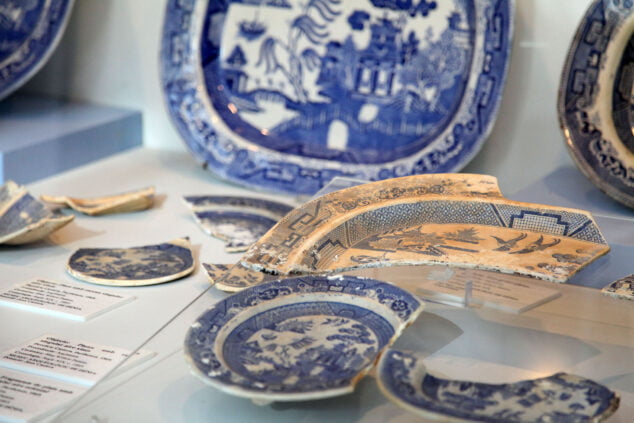
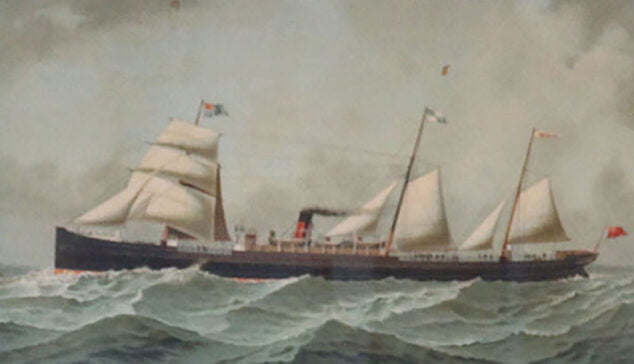
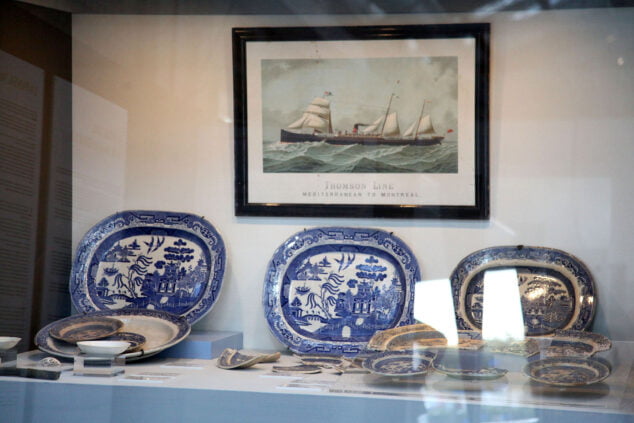
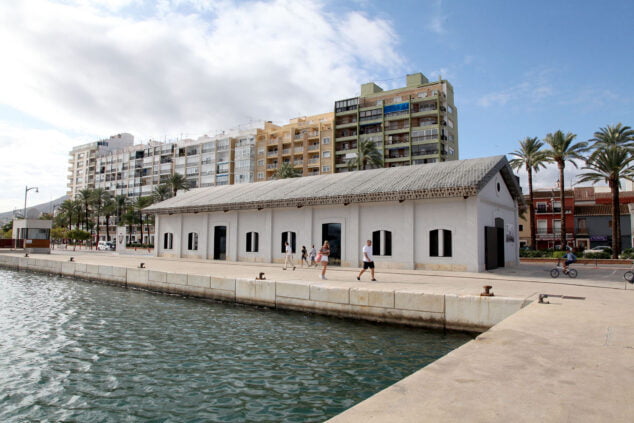





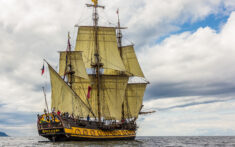
Very interesting well done